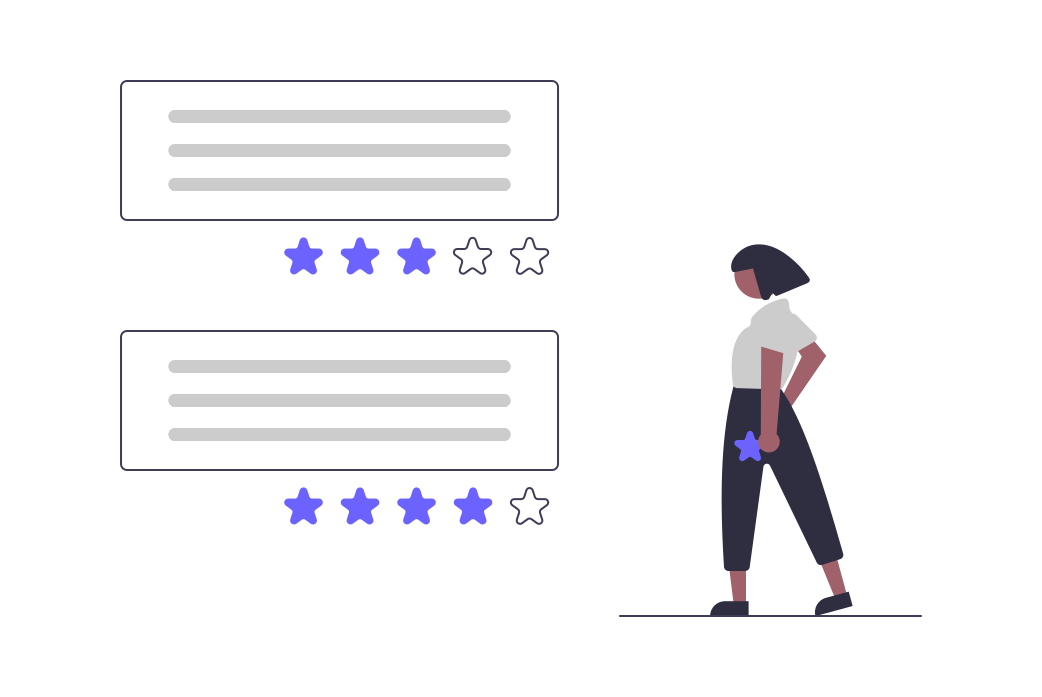In the competitive realm of B2B marketing, understanding your customer's needs, preferences, and pain points is crucial for sustained success. One of the most effective ways to gain this understanding is through a robust customer feedback system. By systematically collecting and analyzing feedback, businesses can make informed decisions that enhance customer satisfaction and drive growth. This blog delves into the essentials of implementing an effective customer feedback system tailored for B2B marketing.
Understanding the Importance of Customer Feedback
Insight into Customer Needs
Customer feedback provides invaluable insights into what your clients truly need and expect from your products or services. This information is critical for tailoring your offerings to better meet their demands.
Enhancing Customer Experience
Feedback helps identify areas where your business excels and where improvements are necessary. Addressing these areas can significantly enhance the overall customer experience, fostering loyalty and long-term partnerships.
Driving Product and Service Innovation
By understanding customer pain points and suggestions, businesses can innovate and improve their products and services. This proactive approach can lead to increased customer satisfaction and competitive advantage.
Steps to Implement an Effective Customer Feedback System
Define Your Objectives
Before collecting feedback, it's essential to define your objectives. What do you aim to achieve? This could range from improving customer service, refining a product, or enhancing the overall client experience.
Choose the Right Feedback Channels
Selecting appropriate feedback channels is crucial. Options include surveys, feedback forms, social media, direct interviews, and online reviews. Ensure these channels are accessible and convenient for your clients.
Develop Structured Feedback Methods
Create structured feedback methods to gather detailed and actionable insights. Use a mix of quantitative (e.g., rating scales) and qualitative (e.g., open-ended questions) techniques to get a comprehensive view of customer opinions.
Best Practices for Collecting Customer Feedback
Timeliness
Collect feedback at the right times, such as after a purchase, post-service delivery, or following significant product updates. Timely feedback is more likely to be relevant and detailed.
Anonymity and Confidentiality
Assure customers that their feedback will be anonymous and confidential. This encourages honesty and openness, leading to more accurate and valuable insights.
Regular and Continuous Feedback
Implement a system for continuous feedback rather than one-off surveys. Regular feedback helps track changes in customer sentiment over time and allows for ongoing improvements.
Analyzing and Acting on Customer Feedback
Data Analysis
Analyze the collected feedback systematically. Use data analytics tools to identify patterns, trends, and key areas for improvement. Segmentation based on client demographics or industry can provide more granular insights.
Actionable Insights
Convert feedback into actionable insights. Prioritize the most critical issues and develop concrete action plans to address them. Ensure that these plans are communicated and understood across relevant teams within your organization.
Close the Feedback Loop
Closing the feedback loop involves informing customers about the changes or improvements made based on their feedback. This demonstrates that their opinions are valued and can enhance client trust and loyalty.
Integrating Feedback into Your Marketing Strategy
Product Development and Innovation
Incorporate customer feedback into your product development cycle. This ensures that new products or features align with customer needs and expectations, increasing their chances of success.
Personalized Marketing Campaigns
Use feedback to create personalized marketing campaigns. Tailor your messaging and offers based on the specific needs and preferences identified through feedback, leading to higher engagement and conversion rates.
Enhancing Customer Relationships
Regularly engaging with customers through feedback systems strengthens relationships. It shows that your business values their opinions and is committed to continuous improvement, fostering deeper connections and loyalty.
Conclusion
Implementing an effective customer feedback system is essential for any B2B marketing strategy. It provides critical insights that can drive product innovation, enhance customer experiences, and ultimately, foster business growth. By following best practices in collecting, analyzing, and acting on feedback, businesses can ensure they are meeting and exceeding their clients' expectations, paving the way for sustained success in the competitive B2B landscape.


